All Science
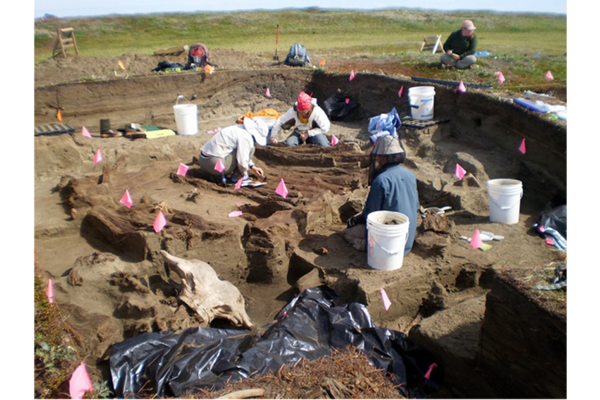 Before Columbus, was there trade between Asia and New World?
Before Columbus, was there trade between Asia and New World?Artifacts unearthed at a 1,000-year-old home in Alaska suggest that East Asians and Native Americans were exchanging goods centuries before Columbus set sail for the New World.
 How lasers could be the future of space cleanup
How lasers could be the future of space cleanupScientists in Tokyo have proposed a way to rid the Earth’s orbit of space debris using a super-wide telescope and a fiber-based laser system.
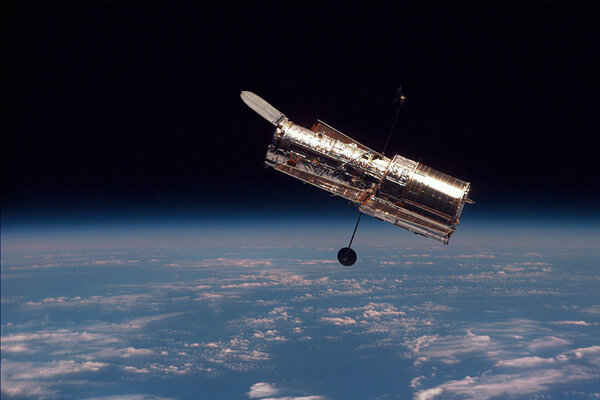 Cover StoryHubble: The people's telescope at 25
Cover StoryHubble: The people's telescope at 25How the space telescope has changed astronomy and brought the cosmos into people’s living rooms.
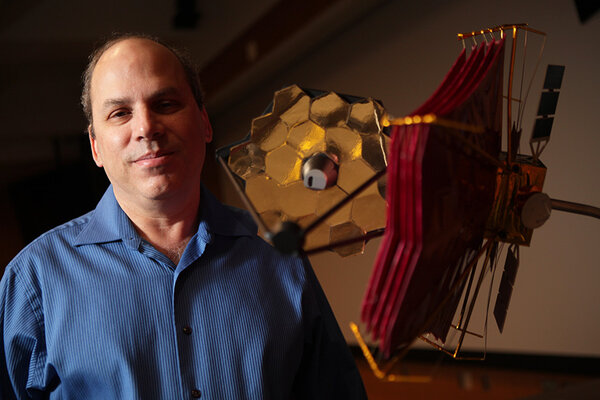 What future ‘eyes’ in space will see
What future ‘eyes’ in space will seeHigh definition could be going into deep space in the not-too-distant future.
 Hubble Telescope timeline
Hubble Telescope timelineA look back at key moments in the development, launch, and production of the Hubble Space Telescope.
- NASA probe snaps first color image of Pluto
NASA's Pluto-bound New Horizons spacecraft took a photo of the dwarf planet and its companion, Charon, at a distance of 71 million miles.
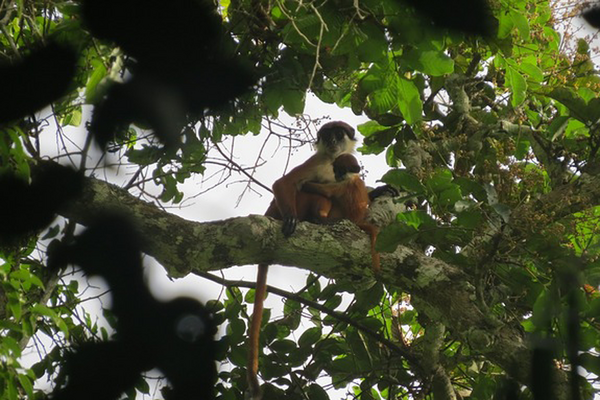 Scientists glimpse monkey thought to have gone extinct
Scientists glimpse monkey thought to have gone extinctNative to the Republic of the Congo, Bouvier's red colobus monkey hasn't been sighted in the wild since the 1970s, until this year.
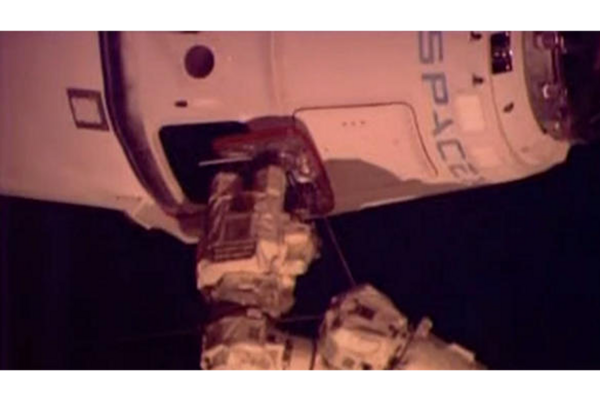 SpaceX Dragon cargo ship arrives at space station
SpaceX Dragon cargo ship arrives at space stationAn unmanned SpaceX Dragon ship completed its two-and-a-half day trip to the International Space Station on Friday.
- 'Scientific wonderland' expected as spacecraft approaches Pluto
As the New Horizons spacecraft approaches Pluto for a flyby, astronomers are about to get their first close look at the planet and its moons.
 How did dogs become man’s best friend? Eye contact, study suggests.
How did dogs become man’s best friend? Eye contact, study suggests.Animal cognition experts from Azabu University in Japan offer neurological evidence to explain why humans and dogs get along so well.
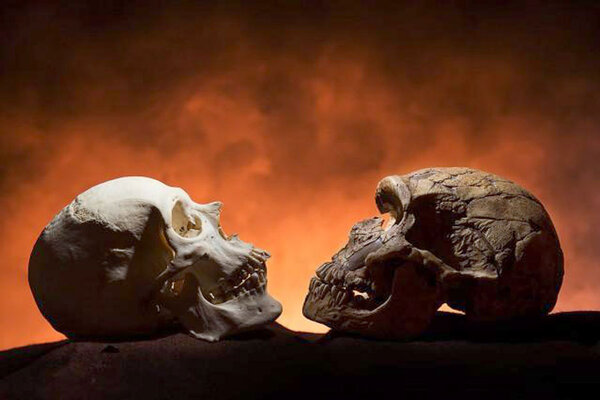 Science NotebookWhy do humans have chins?
Science NotebookWhy do humans have chins?Humans are the only primate with a chin, an adaptation that reflects the emergence of complex social networks among our ancestors.
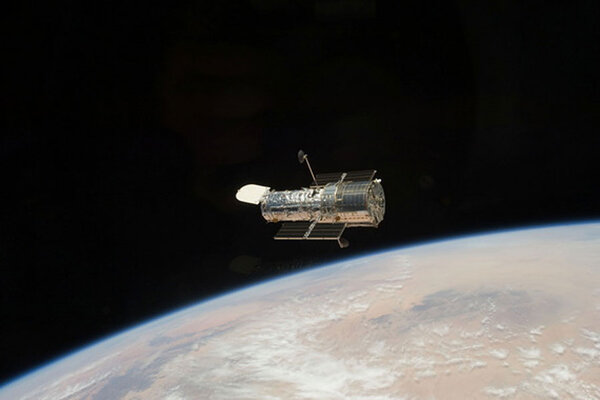 Will the Hubble telescope's successor find alien life?
Will the Hubble telescope's successor find alien life?Perhaps history's most fruitful single scientific instrument, the venerable Hubble Space Telescope turns 25 this month. Will NASA's future telescopes detect life on other worlds?
- Varvara the Whale sets mammal migration record
Varvara, a western gray whale, swam from Russia to Mexico and back, for a total of nearly 14,000 miles, say researchers.
- SpaceX rocket sort of lands on floating barge
After kicking off a successful delivery to the International Space Station, the first stage of a SpaceX Falcon 9 rocket more or less landed vertically on an autonomous floating platform, before toppling over and exploding.
 Galactic collisions rattle current theories of dark matter
Galactic collisions rattle current theories of dark matterHints have emerged that dark matter may be less reclusive than previously believed. If true, the revelation could change our understanding of physics.
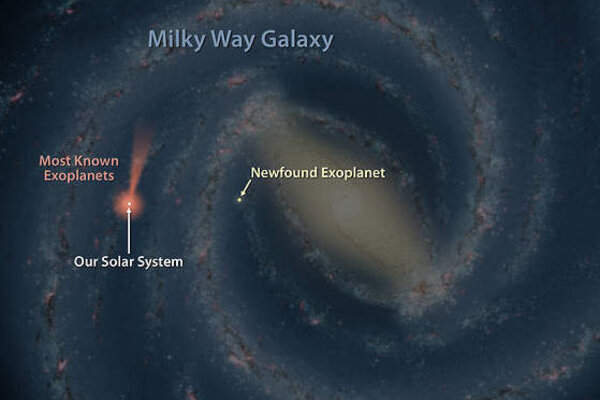 Science NotebookWhy NASA's discovery of a distant exoplanet is important
Science NotebookWhy NASA's discovery of a distant exoplanet is importantAfter finding a more accurate way to determine the location of faraway planets, NASA hopes to better understand the distribution of planets in the Milky Way.
- At a whopping 14,000 miles, whale wins the longest mammal migration
Varvara, a critically endangered western North Pacific gray whale, just took home the gold for longest mammal migration. Where did this rare Russian whale go?
 High-res maps show how dark and light come together in the universe
High-res maps show how dark and light come together in the universeNew maps created by the Dark Energy Survey show the distribution of dark matter across galaxy clusters.
 SpaceX Dragon capsule launches, but return of booster goes awry
SpaceX Dragon capsule launches, but return of booster goes awryThe Dragon cargo capsule is expected to arrive at the International Space Station Friday morning. The booster accurately targeted its landing spot – a barge – but came down 'a little bit too hard,' a SpaceX official said.
 Science NotebookThe surprising science behind the aluminum soda can
Science NotebookThe surprising science behind the aluminum soda canMost of us interact with soda cans every day, so it's easy to forget that their design is the result of brilliant engineering and manufacturing carefully honed over decades. The modern soda can can hold beverages at pressures up to six atmospheres, yet is less than a tenth of a millimeter thick.


















